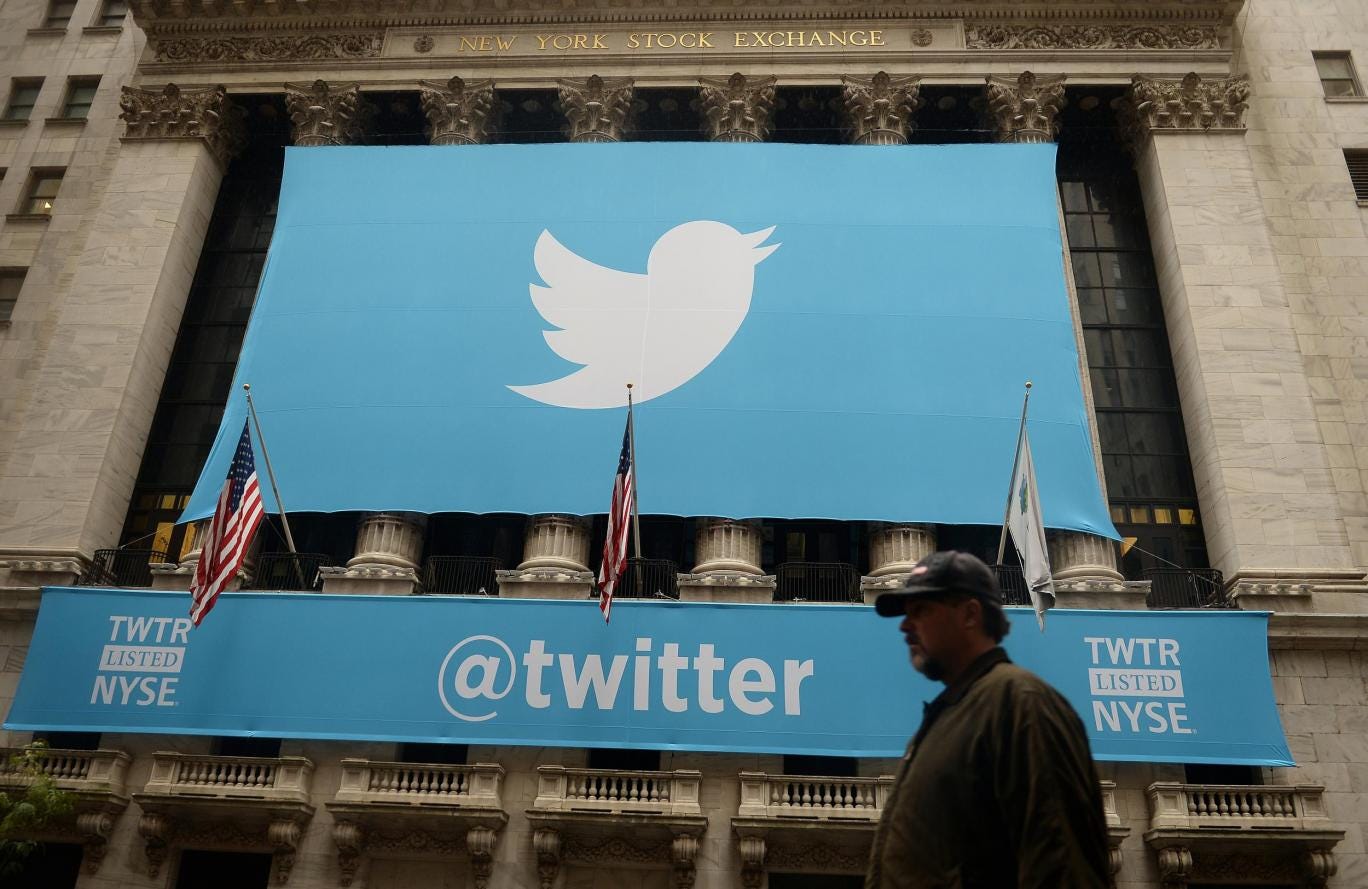1) List FIVE films, FIVE TV programmes and FIVE online-only productions that are discussed in the article.
Films:
- Anuvahood
- Kidulthood
- Shank
- Attack on the block
- The mirror boy
TV programmes:
- Fresh prince of bell-air
- 3 Non-Blonde
- The real mcoy
- Luther
- Casualty
Online- Only:
- Venus vs Mars
- The Ryan Sisters
- Brother with no game
- Meet the abdenanjos
- All about the Mckenzies
3) Watch Destiny Ekaragha's clips above (more of her work is available onher website, including the short film The Park). To what extent can we apply Alvarado's and Fanon's theories to these films? Do they reinforce or subvert typical black stereotypes in British film and TV? Refer to specific scenes and events in the clips in answering this question and aim for at least 350 words.
In the first clip, Gone too Far, the representation of the brother coming to London from Nigeria fit the stereotypical persona that people would expect. Alvarado's category of 'humorous' would definitely be applicable to this character as seen in the end of trailer, he is seen singing whilst eating his chicken. By the restaurant owner laughing, it echoes and accentuates the humour that is seen by the audience. Additionally, Alvarado's category of 'exotic' and Fanons 'primitivize' would also be applicable as seen through the mise-en-scene, specifically the costume of the mother. Throughout the trailer, the mother is dressed in a traditional African dress. By wearing something that wouldn't normally be worn in England, it would present the mother as 'exotic'. Furthering this, the brother and mother speak with a stereotypical African accent which also solidifies this reading of 'exotic'. In addition to Fanon's 'primitvize', the scene where the protagonist is playing football would coincide with the representation of 'sporting prowess'. According to the trailer, it can be interpreted that it is reinforcing stereotypes associated with Afrcian culture. However, the representation is more playful and seen as somehow embracing Arfican roots and culture. In Ekaragha's short film 'Skinny Jeans', Alvarado's category of 'humorous' is seen through the dialogue between the three characters seen in sat. The fact that the characters are so naive to the truth makes their conversation all the more trivial thus accentuating the stereotype of humourous. However, with the costume, the representation is interesting. This is because although the characters are wearing hoodies, which would be assossiated with Alvarado's 'dangerous' through the connotations of a reckless youth. But through the use of bright colours, blue and red, it would create alternative connotations and thus changing the representation. Ultimately, Ekaragha's 'Skinny Jeans' reinforces stereotypes in African culture, however also challenging stereotypes especially in therms of gang culture and African youth.

